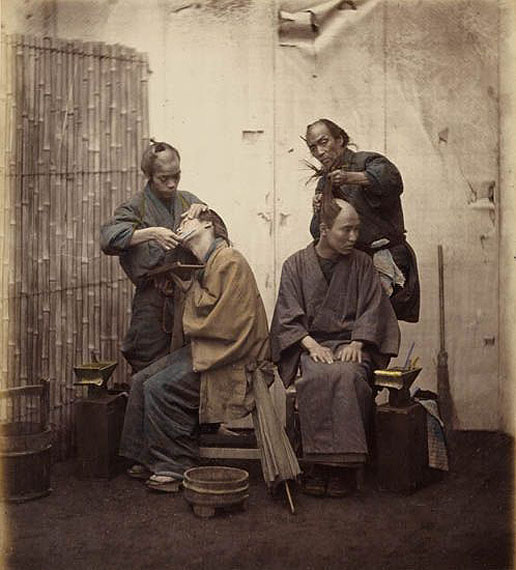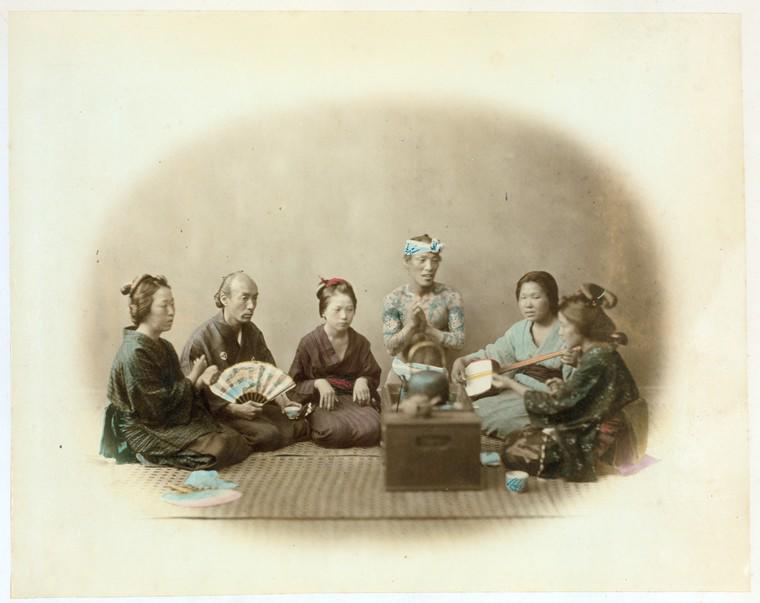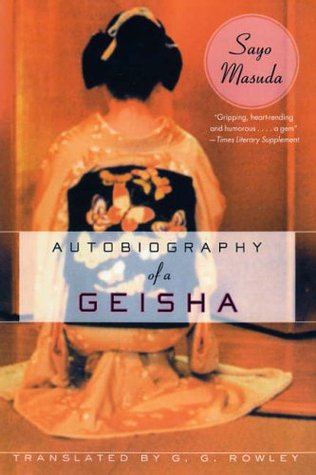Sometimes I struggle to keep a large picture view of history. When I’m researching or reading about a time period, I don’t think about what was happening elsewhere in the world at the time. This causes me to keep a siloed view of history. Yet, we have evidence that humans from across the world have always interacted with each other, if in limited capacity by modern standards. So in this post, I will outline a few major Western events (and showing my love for Greek and Roman history) and what was happening in Japan at the time. You can also do this with China, the Middle East, and other areas. I just know more about Greece and Rome.
So what was happening in Japan when:
Alexander the Great was conquering? 336–323 BCE
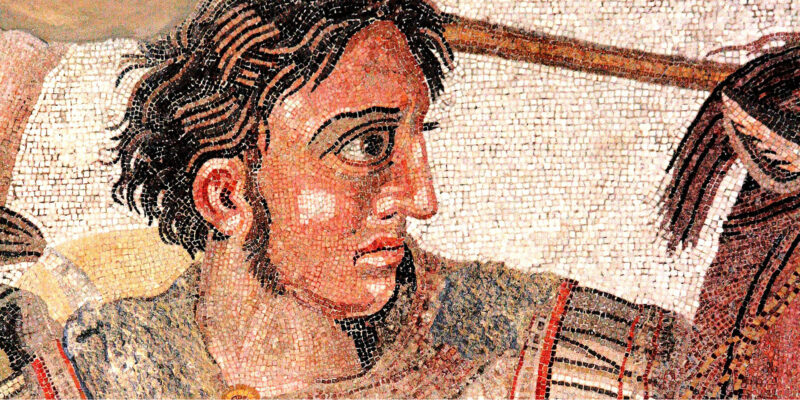
While Alexander the Great conquered the known world from Greece to India, Japan was in the Yayoi period. Like the earlier and concurrent Jomon period, which Yayoi eventually superceded, this period didn’t have known written records. They did leave a developed history of pottery. The culture traded with China and used iron tools. Japan hadn’t developed beyond small states. The Chinese called Japan Wo: “In the seas off Lelang lie the people of Wo, who are divided into more than 100 states, and who bring tribute at fixed intervals.” Scholars believe the beginnings of the Yamato kingdom began in this period.
Julius Caesar was dictator for life? 49 BCE – 44 BCE
When Julius Caesar ruled Rome as dictator for life, Japan was still in the Yayoi period (which lasted until 250 CE). The dead were buried in clay urns or in stone coffins with a mound or stone circle marking the graves.
Rome fell? 476 CE
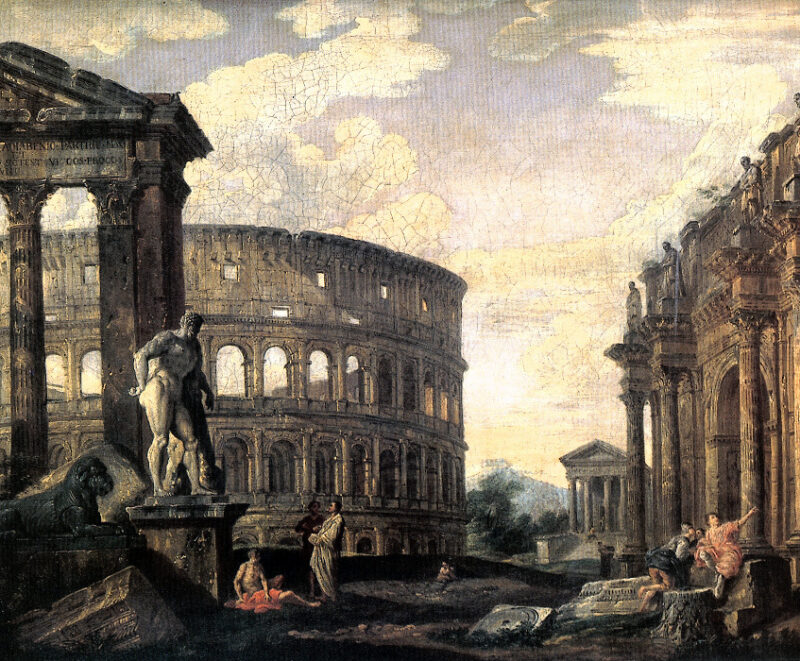
When the Western Roman Empire collapsed, Japan was in the Tumulus period. By this time, the Yamato court, in modern Nara prefecture, seems to have unified Japan. According to Chronicles of Japan, one of Japan’s oldest histories, troops were sent the Korea in 369 CE. Princess Okinagatarashi, better known as Empress Jingu, directed this invasion (Allen, 2003). Chronicles dates to the 700s CE. During this time, the court built large, keystone-shaped tombs. We also see more fragments of writing from this period.
The Battle of Hastings was fought? 1066 CE
While the Battle of Hastings defined England’s future, Japan neared the end of its classical period, the Heian period. This period saw an explosion in literature and arts that laid the foundation for what we consider Japanese culture. The period imported Confucian ideals, Chinese writing conventions, Buddhism, and other ideas from the mainland. During this period, women held a lot of influence. The Tale of Genji, The Pillowbook of Sei Shonagon, and The Gossamer Years were written during this period.
Columbus sailed? 1492 CE
Columbus sailed in the middle of the Muromachi period (1338-1573). This was the era when the Ashikaga family ruled as shogun. But the family’s influence didn’t extend far. Rivalries broke out among daimyo, resulting in the Onin War and the destruction of Kyoto. This began a century of warfare known as Sengoku, the Age of the Country at War (Japan, 2002). When Columbus set out, Japan had already been at war for 15 years. Zen Buddhism flourished in the period, bringing with it the tea ceremony, ikebane, and no theater (Muromachi period, n.d.).
Galileo lived? 1564-1642 CE
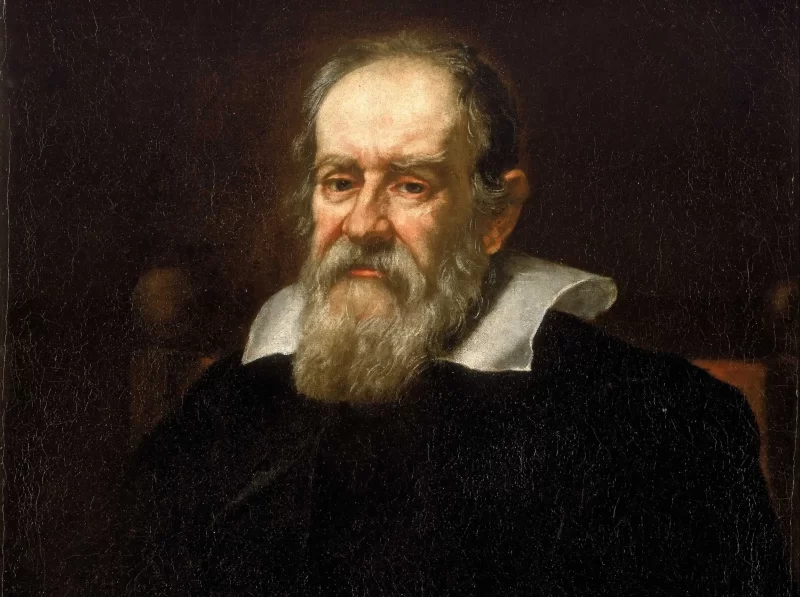
Galileo was a contemporary of Oda Nobunaga, the warlord that began the final unification of Japan during the Sengoku. He took control of Kyoto and ousted the last Ashikaga shogun. After Nobunaga committed suicide in the Honnoji Incident in 1582, Toyotomi Hideyoshi took over. Hideyoshi continued the unification process until Tokugawa Ieyashu defeated the clan in the Battle of Sekigahara in 1600. This marked the beginning of the Tokugawa Shogunate and the Edo period. The next 250 years of peace saw cultural and economic growth. During this period, poetry, ukiyo-e, and other cultural products flourished.
The American Revolution broke out? 1775–1783 CE
Japan sat in the center of the Edo period’s continuing peace, closed to most of the world. Japan still traded with the Dutch and the Asian mainland, but only through limited channels. Christianity had been outlawed back in 1614. Edo, modern Tokyo, had grown to a city of 1 million people by 1721 (Barrett, 2016). The Edo period continued the change in female gender roles that had started after the Heian period. The Edo period also addressed growing economic inequality between the merchants and the debtor samurai by forcing merchants to engage in civil projects.
The American Civil War raged? 1861-1865 CE
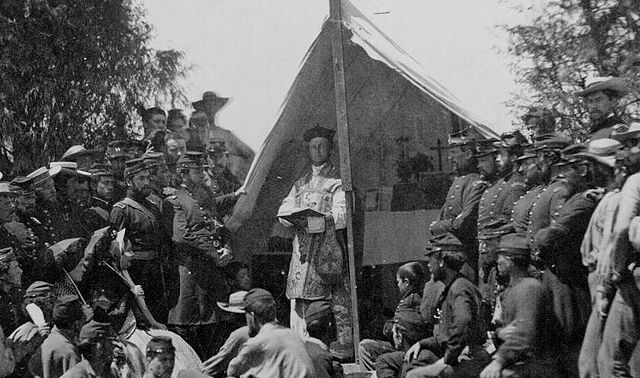
Before the American Civil War began, Commodore Perry had entered Tokyo Bay with a letter from the President of the United States. The visit started the end of the Tokugawa period. The shogunate realized Japan wasn’t prepared to deal with the colonial powers of the West and started a push to modernize. However, many samurai domains disliked the shogun’s handling of these affairs and started to back the Emperor. In 1865, Great Britain sent Sir Harry Parkes who skipped the shogun and dealt directly with the imperial court in Kyoto. This shows how the fragmentation of Japan between the imperial court and shogun had developed. By 1867, the shogun Yoshinobu was defeated by imperial forces and Edo was occupied. Fighting continued off and on until 1869.
This carries us into the 1900s and where cultural histories merge. From the Meiji period on, the gap between the West and the East closes into a shared history. Of course, shared histories are not unique to the modern era. Even back during the Yayoi period, China and Japan shared trade and cultural elements. However, the modern era features a parallelism of development the past did not have. Rome and China traded with each other, for example, but their cultural trajectories didn’t merge as countries today have merged. We’ve reached a point where history is shared even when cultures remain unique.
References
Allen, Chizuko (2003) Empress Jingu: a shamaness ruler in early Japan. Japan Forum 15 (1) 81-98.
Barrett, B. & Amati, M. (2016) In the World’s Biggest city, the Past Offers Lessons for Surviving the Future. Our World: United Nations University. https://ourworld.unu.edu/en/in-the-worlds-biggest-city-the-past-offers-lessons-for-surviving-the-future
Fall of the Tokugawa. (n.d.) Britannica. https://www.britannica.com/place/Japan/The-fall-of-the-Tokugawa
“Japan, 1400–1600 A.D.” (October 2002).Heilbrunn Timeline of Art History. New York: The Metropolitan Museum of Art, 2000. http://www.metmuseum.org/toah/ht/?period=08®ion=eaj
Muromachi period (n.d.) Britannica. https://www.britannica.com/event/Muromachi-period
The Yayoi Period. (n.d.). Britannica. https://www.britannica.com/place/Japan/The-Yayoi-period-c-300-bce-c-250-ce
